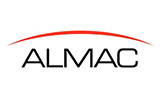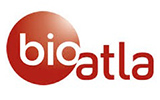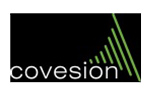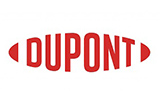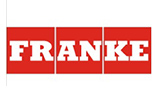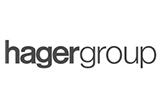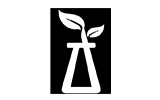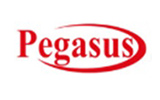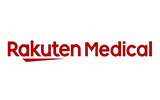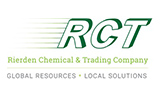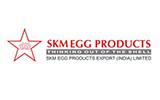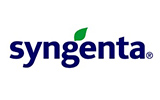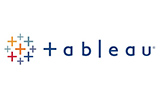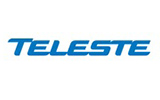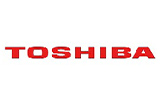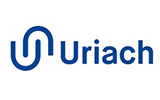1. Research Framework
1.1. Research Objective
1.2. Product Overview
1.3. Market Segmentation
2. Executive Summary
3. United States Coffee Market Insights
3.1. Industry Value Chain Analysis
3.2. DROC Analysis
3.2.1. Growth Drivers
3.2.1.1. Rising Disposable Income
3.2.1.2. Growing Cafe Culture
3.2.1.3. Increasing Urbanization
3.2.1.4. Health Benefits
3.2.2. Restraints
3.2.2.1. Price Volatility
3.2.2.2. Sustainability Concerns
3.2.3. Opportunities
3.2.3.1. Innovation in Product Offerings
3.2.3.2. Shift Towards Premium and Organic Coffee
3.2.4. Challenges
3.2.4.1. Competition from Substitute Beverages
3.2.4.2. Climate Change and Coffee Production
3.3. Technological Advancements/Recent Developments
3.4. Regulatory Framework
3.5. Porter's Five Forces Analysis
3.5.1. Bargaining Power of Suppliers
3.5.2. Bargaining Power of Buyers
3.5.3. Threat of New Entrants
3.5.4. Threat of Substitutes
3.5.5. Intensity of Rivalry
4. United States Coffee Market: Marketing Strategies
5. United States Coffee Market: Pricing Analysis
6. United States Coffee Market Overview
6.1. Market Size & Forecast, 2025-2033
6.1.1. By Value (USD Billion)
6.2. Market Share & Forecast
6.2.1. By Type
6.2.1.1. Whole Bean
6.2.1.2. Ground Coffee
6.2.1.3. Instant Coffee
6.2.1.4. Coffee Pods and Capsules
6.2.2. By Distribution Channel
6.2.2.1. Online
6.2.2.2. Offline
7. Competitive Landscape
7.1. List of Key Players and Their Offerings
7.2. United States Coffee Company Market Share Analysis, 2023
7.3. Competitive Benchmarking, By Operating Parameters
7.4. Key Strategic Developments (Mergers, Acquisitions, Partnerships)
8. Impact of Escalating Geopolitical Tensions on United States Coffee Market
9. Company Profiles (Company Overview, Financial Matrix, Competitive Landscape, Key Personnel, Key Competitors, Contact Address, Strategic Outlook, and SWOT Analysis)
9.1. Starbucks
9.2. Folgers
9.3. Maxwell House
9.4. Dunkin' Donuts
9.5. Peet's Coffee
9.6. J.M. Smucker Company
9.7. Keurig Dr Pepper
9.8. Kraft Heinz
9.9. Nespresso
9.10. Nestle
9.11. Other Prominent Players
10. Key Strategic Recommendations
11. Research Methodology
11.1. Qualitative Research
11.1.1. Primary & Secondary Research
11.2. Quantitative Research
11.3. Market Breakdown & Data Triangulation
11.3.1. Secondary Research
11.3.2. Primary Research
11.4. Breakdown of Primary Research Respondents, By Country
11.5. Assumptions & Limitations
*Financial information of non-listed companies can be provided as per availability.
**The segmentation and the companies are subject to modifications based on in-depth secondary research for the final deliverable.


